Course Snack Serving temperature Room temperature | Created by Traditional food | |
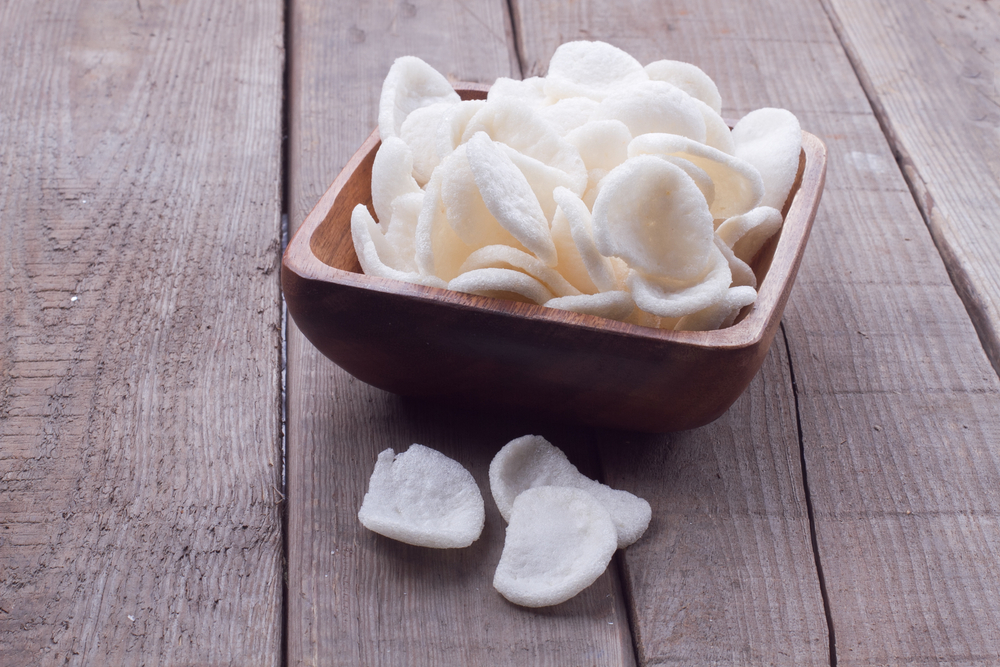 | ||
Variations Different variations according to ingredients Similar Kripik, Sambal, Bumbu, Tempeh, Bakso | ||
Krupuk wie viel krabbe steckt wirklich in den chips galileo prosieben
Krupuk or kerupuk (Indonesian), keropok (Malaysian), kropek (Filipino) or kroepoek (Dutch) are deep fried crackers made from starch and other ingredients that serve as flavouring. They are a popular snack in parts of Southeast Asia, but most closely associated with Indonesia and Malaysia. Kroepoek also can be found in the Netherlands, through their historic colonial ties with Indonesia.
Contents
- Krupuk wie viel krabbe steckt wirklich in den chips galileo prosieben
- Frying krupuk prawn crackers
- Etymology
- Preparation and consumption
- Indonesia
- Malaysia
- Other similar crackers
- Production centres
- References
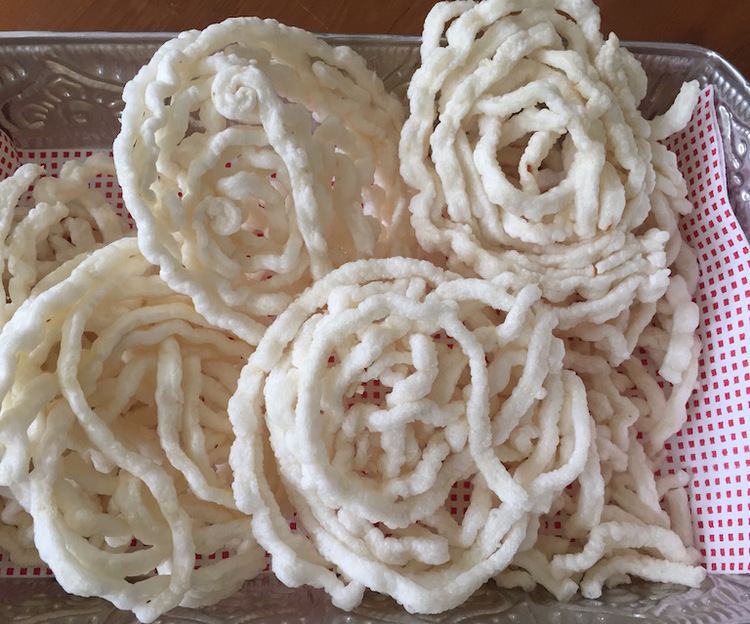
Frying krupuk prawn crackers
Etymology
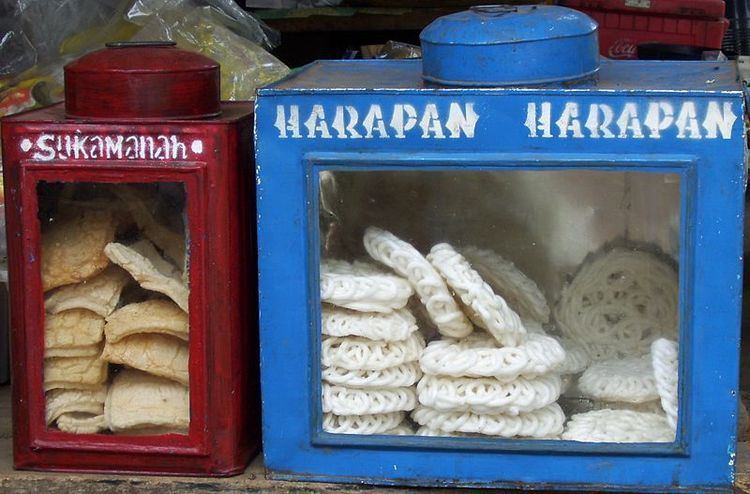
In Indonesia, the term krupuk refers to the type of relatively large crackers, while the term kripik or keripik refers to smaller bite-size crackers; the counterpart of chips (or crisps) in western cuisine. For example, potato chips are called kripik kentang in Indonesia. Both terms, krupuk and kripik, sound like the breaking or crumbling of this crispy snack to denote its crispiness.
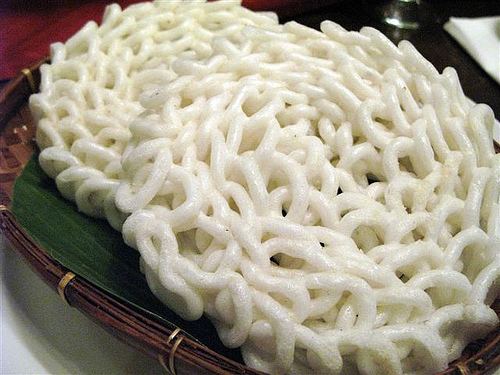
Usually krupuk is made from the dried paste from the mixture of starch with other ingredients, while kripik is usually made entirely from thinly sliced, sun-dried, and fried products without any mixture of starch.
Preparation and consumption
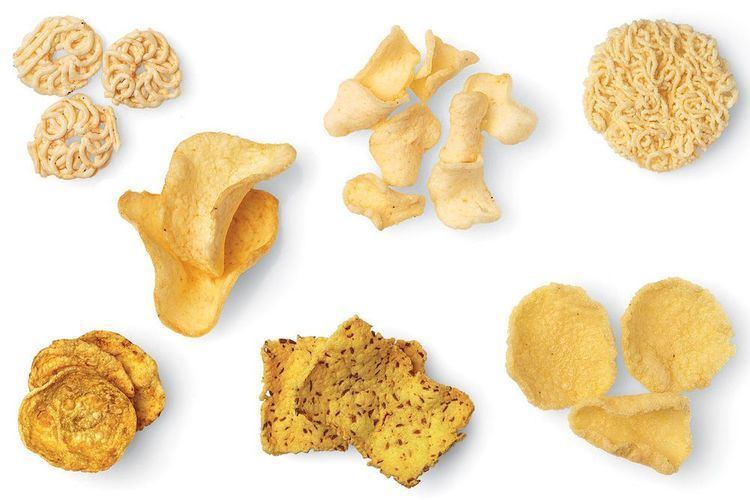
To achieve maximum crunchiness, most of this pre-packed raw krupuk must be sun-dried first before being deep fried at home. To cook krupuk, a wok and plenty of very hot cooking oil is needed. Raw krupuk is quite small, hard, and darker in color than cooked one.
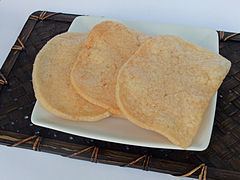
Krupuk and kripik can be consumed alone as a snack, or cracked and sprinkled on top of certain food as a complement to add crispy texture. Certain Indonesian dishes such as gado-gado, karedok, rujak, asinan, bubur ayam and certain kinds of soto were known to require certain type of krupuk for toppings. Krupuk is an essential ingredient to make seblak, a savoury and spicy dish made of boiled wet krupuk cooked with protein sources (chicken, beef or seafood) in spicy sauce.
Indonesia
Indonesia has perhaps the largest variety of krupuk. There are many variations on krupuk, many of which are made from starch with seafood (shrimp, fish, or squid), but occasionally with rice, fruits, nuts or vegetables; these variations are more usual in Southeast Asia.
Malaysia
In Malaysia, it is called as keropok and mostly associated with fish. The most popular keropok in Malaysia is the Lekor, originated from Terengganu and Amplang from the coastal towns of Semporna and Tawau in Sabah which is also can be found in Kalimantan. Mukah town in Sarawak also historically known as a fishing town for the making of Keropok.
Other similar crackers
These are similar crackers, however commonly not considered as krupuk.
Production centres
In Indonesia, major producing centres of krupuk usually are coastal fishing towns. Sidoarjo in East Java, Cirebon and Garut in West Java, Karimun Jawa island, Padang, Palembang and Medan in Sumatra, Bangka Island, Samarinda and Pontianak in Kalimantan, and Makassar in Sulawesi are major producers of krupuk, and many recipes originate from there.
Most of the coastal towns in Malaysia such as Mukah, Malacca Town, Pangkor Island and Lumut produce keropok from large scale manufacturing to small scale home factories.
